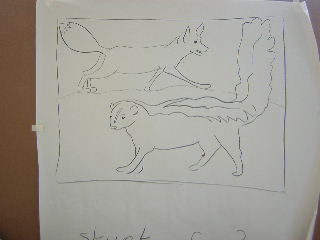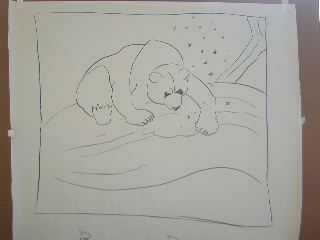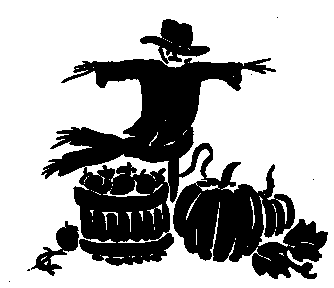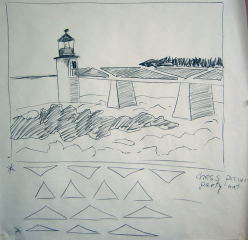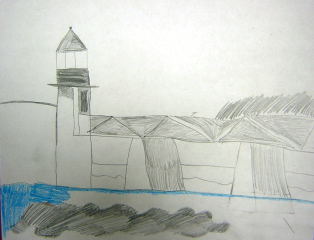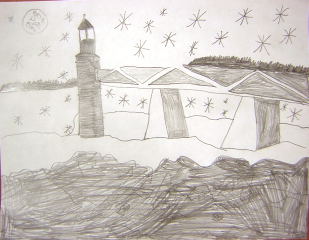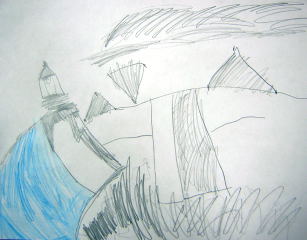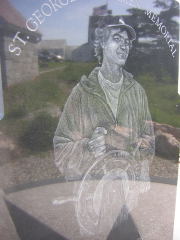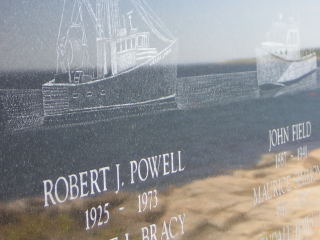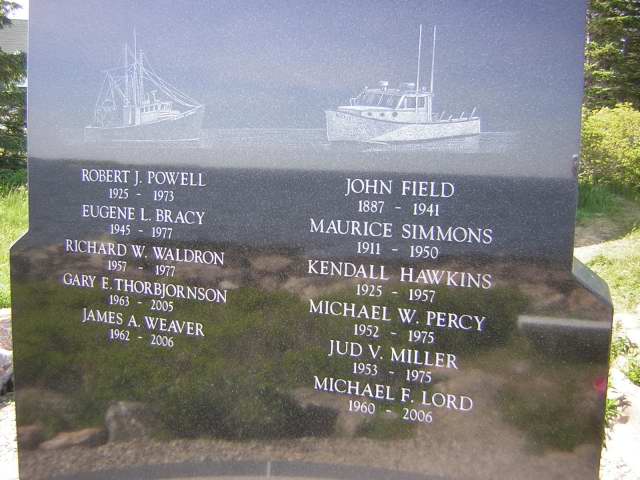Topic: Technical
A novice painter asked today how to photograph her work to save the images for future possible reproduction as notecards or prints, so that she can go ahead and sell her paintings. I sent off a brief overview reply and then did a search to see what I could find online. The search - how to photograph art for reproduction - took several pages of results before anything informative showed up.
My reply and my findings (down below):
This is a complicated question, a huge topic, that I unfortunately don't have the time to delve into now. It would make a good article for my website when and if I get the chance! Instead, I will try a brief overview:
Art used to get photographed. (Some art still does.) (There is a whole technique and science of how to properly photograph art for accurate reproduction.) The resulting color transparency, whether 35mm or 4"x5", would then be scanned by a laser drum scanner to create "color separations" which were then used to create plates for printing.
There are now high-end and low-end flat bed scanners that create digital files of flat art. The work must be able to fit on the scanner. Scans can be of enormous 'file' size or much smaller file size. Art may also be photographed by digital camera. Whether by by digital camera or film camera, photographing art for reproduction needs to be done with special expertise.
As for scanning - you can make phone calls to companies, local or distant, who provide such a service. Ask questions. In the beginning you will betray you naivitee and probably be treated that way. Take notes. Start a rubrik of the information you gather. As you get a bit of info here and there you start to get clues to what else to ask, and will be treated with more respect. Research online (what search led you to find my site?). Look for books related to this topic rather than the top of art or art instruction itself. Don't stop at just one source of information.
My experience in high school working on the yearbook taught me a bit of what was involved in printing. In art college I ended up as a printmaking major, where I learned a bit more. Years later I worked in the graphic arts industry, first as a receptionist at a color separation firm, and then at a sheet fed printer's doing office work, brokering, and production. I learned on the job. Printing has changed enormously. I continue to learn by researching and paying attention.
I've been making my cards and prints for years by making color xeroxes (at the local copy shops) of my art, which I then cut out and glue onto card stock. It costs far too much to print directly onto card stock. I could never offer the array of work that I have otherwise. I've only been able to make a living from it (barely) because I have such a wide selection of local Maine scenes. And, time is drawing to a close on that chapter. The way I've been making cards is very labor intensive, but does not require large amounts of upfront capital. The labor, however, takes a toll on the hands, and, the glue is toxic. I have other priorities than scanning all that work into digital files, so I'm not sure what will happen next.
My findings:
I've skimmed through the articles found at the links below. They seem to be mostly in depth. One is a digital printer's site - just to give you an idea. I have not evaluated the articles for accuracy but many are so in depth that I'm inclined to trust them. At the first link here you should also follow up on the 6 part series on reproducing and marketing one's art work found in their sidebar. There is, however, a problem with this website in my browser - the left hand margin is nonexistent, thereby cutting off the first letter or two of each line. I saved the articles by selecting the text and dragging to desktop. That way I can read offline. The last link is the relevant article of a 3 part series for photographers.
http://www.thevgroove.com/art-business-reproduction-printing-definitions
http://www.thevgroove.com/transferring-files-your-print-service-provider
http://www.thevgroove.com/
http://www.orisonsart.com/Giclee-Fine-Art-Reproduction.html
http://www.articlealley.com/article_593595_32.html
http://picturephotosoncanvas.com/?p=93
http://www.communities.hp.com/online/blogs/graphicarts/archive/2008/07/25/fine-art-reproduction-part-2-what-you-need-to-get-started.aspx

